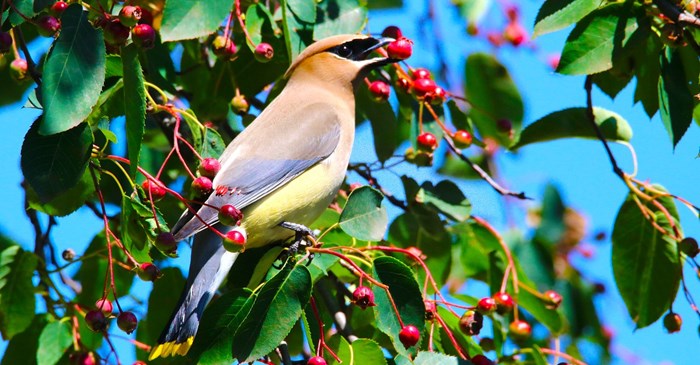As the weather warms, the mind turns to the possibilities of summer. One that homeowners love most is making plans to transform their yards into a summer oasis.
When you’re shopping for plants and planning new features, check out the possibilities of native plants. Plants, shrubs and flowers that grow and thrive naturally in your area are a great way to attract birds to your yard in more ways than one.
Where to find native plants
How can you find the right plants for your yard? Your county extension office is often a great place to start, but with a little online research, you should be able to uncover the local experts. Some may have published books that give you a complete plan to overhaul your yard. But many others can be found at an independent greenhouse or even the local Audubon chapter. In fact, the Audubon Society has a searchable native plant database to get you started.
What are birds looking for in plants?
Insects: Choosing plants that attract caterpillars and other insects may, on the face of it, sound like a terrible idea. Let’s face it, we’d rather avoid bugs! But insects are an important part of the food chain, as many nesting birds are looking for a healthy supply of insects to feed their young.
Flowers: Nectar-rich bright-colored blooms are eye-catching to hummingbirds. But flowering plants can have other features that birds like. For example, a yellow wildflower called the cup plant (Silphium perfoliatum) grows in the Midwest. When its curved leaves hold rainwater, the birds come flocking in for a drink.
Seeds and fruit: Native plants and shrubs that produce seeds (think sunflowers) and berries are a natural source for food, especially in the fall and winter when insects are scarce.
Trees and shrubs: Songbirds show up to use these for cover, for nesting, or to glean insects from the bark.
Do a little research on how you can go local in your plantings. You may discover some delightful options that look great in your yard, while making things more inviting to your local songbirds.
